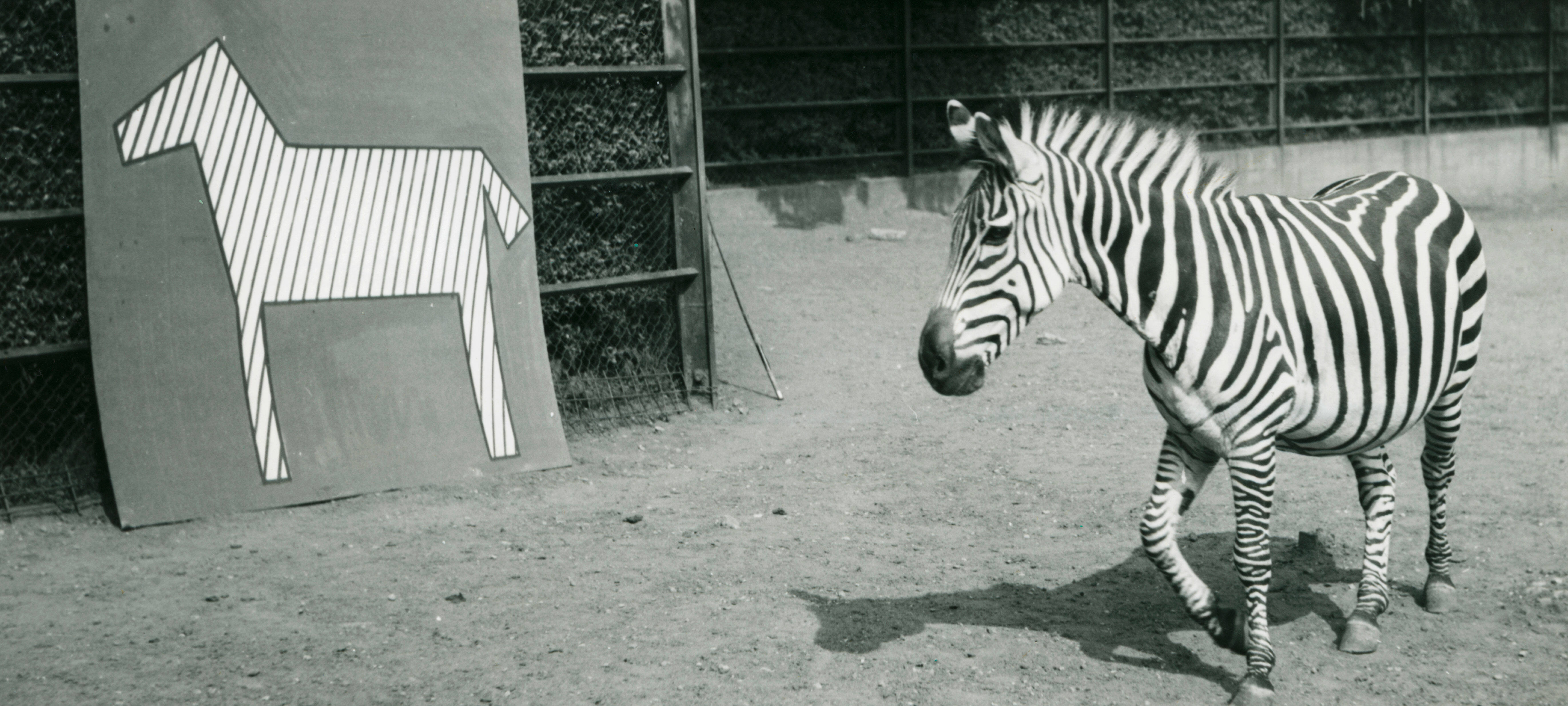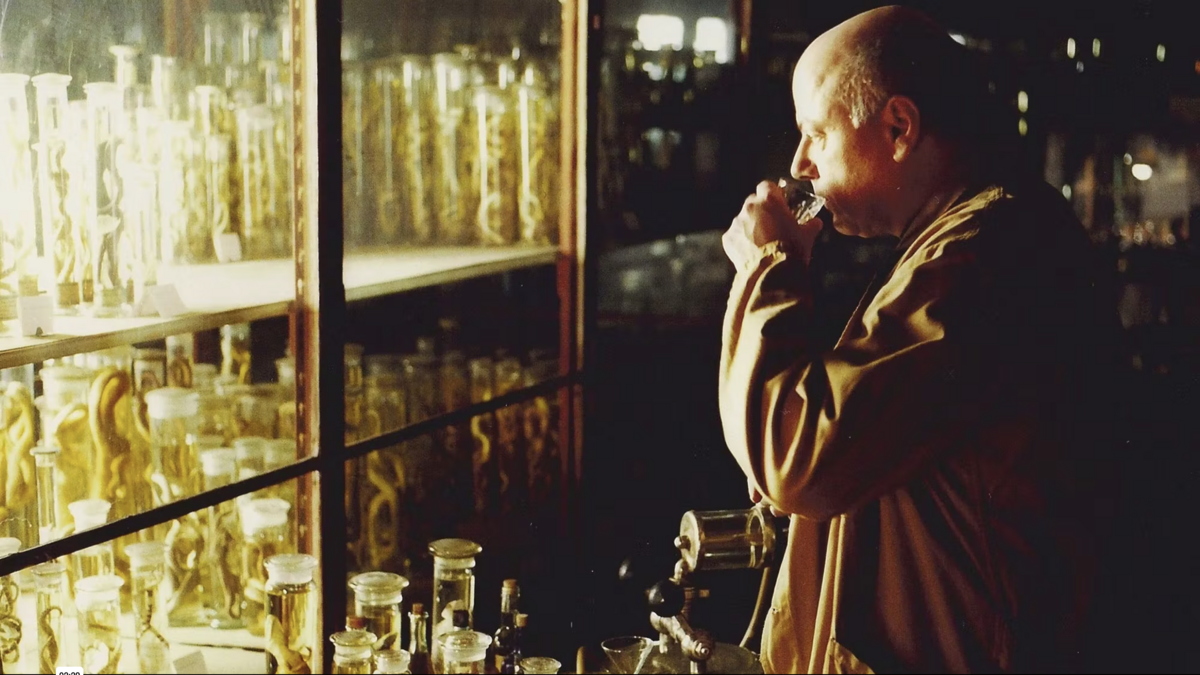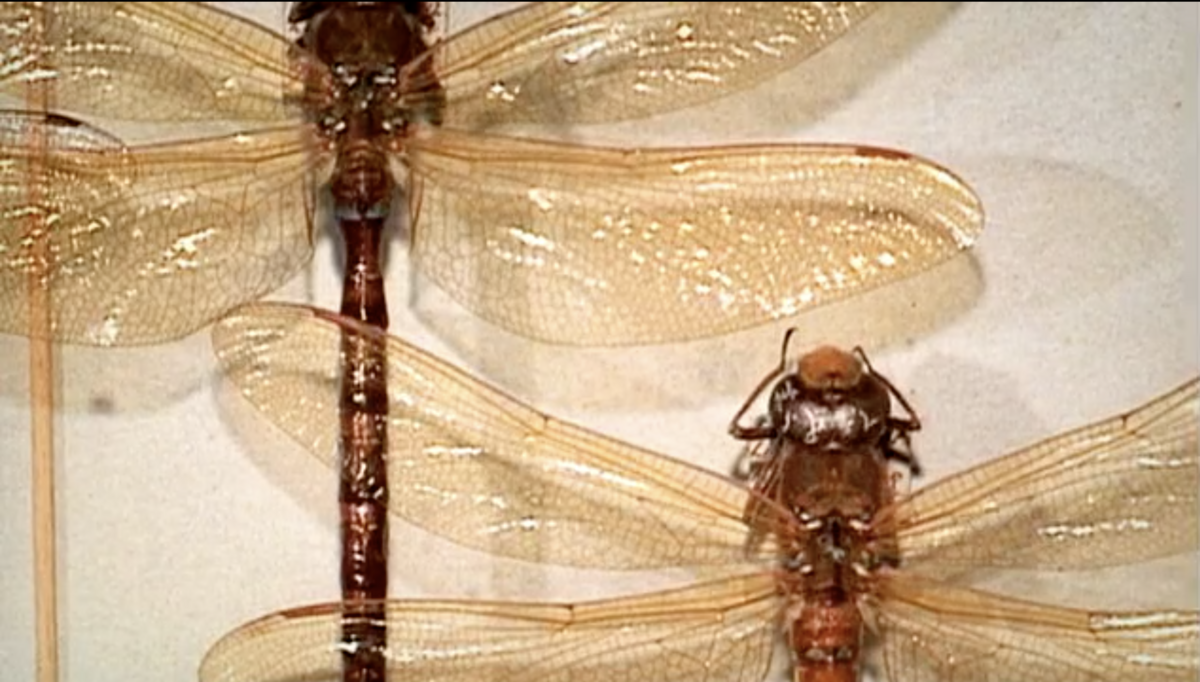Übergordnete Werke und Veranstaltungen
Film programme
While Darwin Sleeps
Personen
Media
Above and beyond their proper function, natural history museums have become well-loved event locations. This has not just to do with a culture of spectacle seeking ever more bizarre venues, but rather reflects the desire to be able to see nature, its history and the laws governing it. The emphasis on seeing is of course not novel. Nothing is exactly defined if it is not exactly described, yet in order to describe exactly, as the French naturalist Buffon stipulated, you need to have viewed, reviewed and tested. Buffon's polemic goes against the prerevolutionary, 18th century habit of ordering natural phenomena into rigid systems on the basis of dead, stuffed hides. The diversity and variegation of nature appears to him to consist of barely discernable nuances that can only be detected by persistent observation of the living object. It is precisely the momentary movement that constitutes behaviour and this cannot be preserved in a museum.
What does happen in a natural history museum? Items are collected from nature and preserved, constituting an archive to help understand the way natural phenomena hang together. The film While Darwin Sleeps shows more than 3000 insects, each one 'captured' in a single still, a tiny excerpt from the huge sum collection of the natural history museums. The director Paul Bush edits the images into a psychedelic dream panorama.
The film is a wonderful example of how you always have to expect the unserious when posing the question of the veracity of historical narrative. The film project Lurch by Boris Hars-Tschachotin continues in this vein.
In 1999 the director was permitted to film for the first time in the Reptile section of the Berlin Natural History Museum, a space closed to the public. The 'Lurch', meaning amphibian, never leaves this clearly demarcated space, silently creeping around the glass cabinets crammed full of cylindrical jars in which snakes and fish are floating. His task is to replenish the preservation alcohol that has evaporated. We see and hear him opening a jar, filling it up and registering his labours in the inventory with a scratchy fountain pen. Then one day a jar falls and shatters. We see him dipping his fingers into the alcohol. He begins drinking and the wine glass he pours his elixir into accords with the attentiveness he devotes to selecting his drinks. At one point he is startled by the director coming in. The professor in clinical whites leads a group of like attired men through the collection with the words "in truth there is not a single dead animal here, but rather a superabundance of life, a Noah's ark." One of the strengths of the film is that the words are not joined by fact. The viewer is not confronted with the superabundance of life. The samples remain unidentifiable. The only exception are the final images showing the 'Lurch' himself after becoming a part of the collection, deceased and at rest in an alcohol filled glass. Somewhat bloated and colourless, he has rapidly adapted his appearance to that of the animals in the jars.
The incursion into the heart of the museum has here been finally consummated. Hanns Zischler's monumental Advance into the Interior: Forays into Berlin's Museum of Natural History retraces this passage. The book project includes new texts, fold outs and a DVD-ROM featuring, among others, Lurch. This will lead to a collaborative project at the Zoological Collection in Halle with Frank Steinheimer, formerly of the Berlin Museum of Natural History: not a celebration of sterile death but rather a revivification of Darwin.






